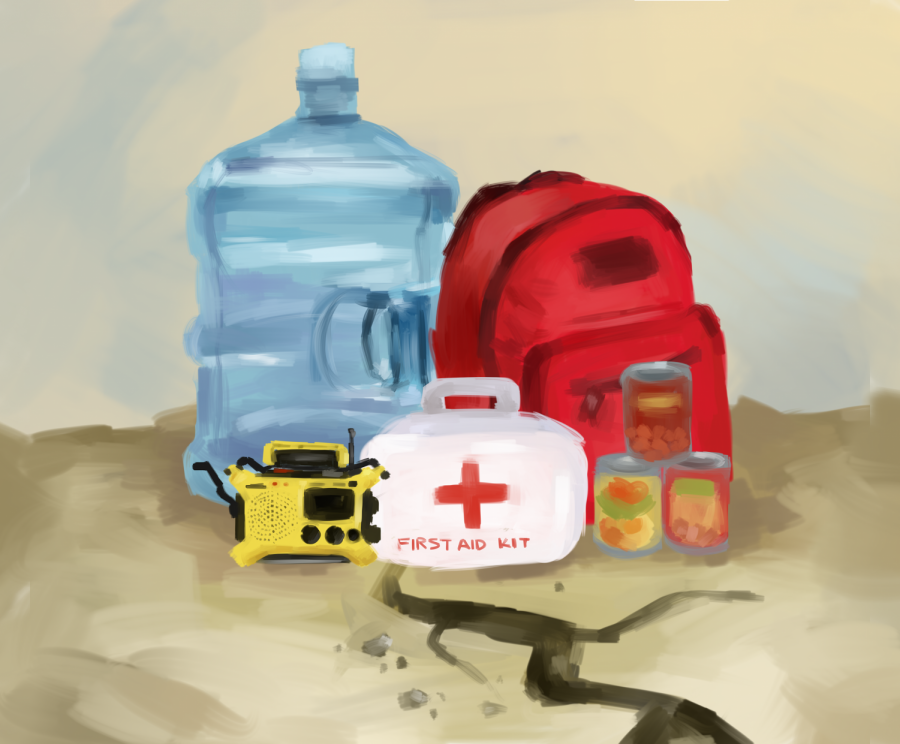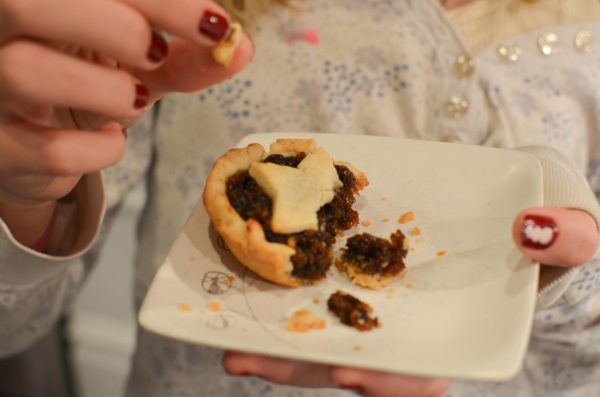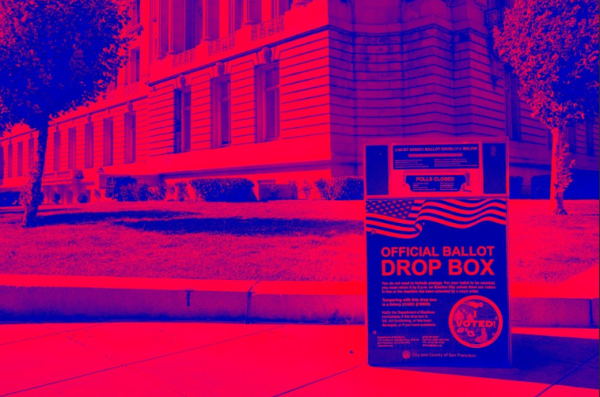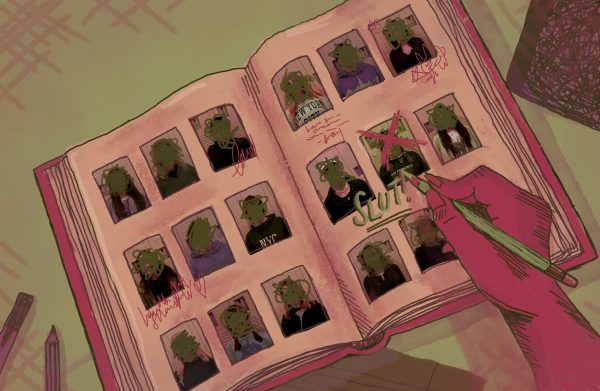Thirty years after the Loma Prieta quake: Is Lowell ready for the next big one?
Although the Lowell campus suffered little damage as a result of the 1989 Loma Prieta earthquake, students remain concerned about their own safety, as well as the overall preparedness of the Lowell community in the event of a high magnitude quake.
It seemed like a typical evening rehearsal of the UC Santa Cruz orchestra for physics teacher Scott Dickerman, who was getting his master’s degree at the university at the time. However, as the orchestra began to play, the ground suddenly started to shake, prompting landslides throughout the 2,000-acre campus and objects to rain down on students inside of classrooms. Dickerman was experiencing the 1989 Loma Prieta earthquake, which caused a total of 63 deaths and 3,757 injuries.
With today marking the 30th anniversary of the 6.9 magnitude earthquake, which was centered about 60 miles south of San Francisco at Loma Prieta Peak, student concerns regarding Lowell’s preparedness in the event of a major earthquake and the structural integrity of its buildings have resurfaced.
At the time of Loma Prieta, most public and private San Francisco schools—with the exception of John O’Connell High School and St. Rose Academy—suffered minimal damage, only requiring one day for building inspections before classes were able to resume. Despite Lowell’s buildings not being up to code when the quake hit, the campus suffered no structural damage. The earthquake did, however, cause minor cosmetic damage, including fallen ceiling tiles and toppled objects.
Despite the minimal damage that Lowell sustained, current Lowellites remain concerned about their own safety and how their school would fare in the event of another high magnitude earthquake. “I would not want to be at school [during a large earthquake],” senior Dianne Tacandong said. “I don’t feel safe here.”
The prospect of another high magnitude earthquake occurring is fairly high, with the United States Geological Survey (USGS) predicting that the Bay Area has a 72 percent chance of experiencing an earthquake of magnitude 6.7 or higher within the next 24 years. In other words, Lowell students are likely to experience another Loma Prieta—or worse—within their lifetimes.
At the time of Loma Prieta, Lowell students had been given little to no earthquake preparedness training. “I don’t remember one time at Lowell when my teachers officially took us through an earthquake drill,” then-sophomore Mark Sherstinksy said in an interview with The Lowell in November 1989. Today, however, the Lowell administration provides students with guidelines to follow during an earthquake, advising them to get under their desks, to cover their necks, and to then exit the building once the shaking has stopped, according to assistant principal Orlando Beltran. If administrators do not deem the building safe to reenter, all students and faculty members are to evacuate to the football field, while school officials notify parents of the situation. Students and faculty members are tested on these procedures during The Great California ShakeOut, an annual earthquake drill with more than 10.6 million participants in California, and the only full earthquake drill that Lowell currently participates in.
Despite Lowell’s participation in the ShakeOut, seniors Caitlin Baker and Tacandong believe that even more training is needed. Both students say that the number of earthquake drills is not sufficient, and cite the lack of discussion of specific procedures in the event of a major earthquake as the reason for their feeling ill-prepared. “I remember the last time we did [an earthquake] drill was sophomore year,” Baker said. “We had a video during reg about school shootings,” added Tacandong. “I’m prepared for everything but an earthquake.”
However, Beltran does not share Baker’s nor Tacandong’s worries. “We’re just as prepared as any other school, if not better prepared,” Beltran said. “The reason I say that is because we have an emergency storage bin [by the football field]. In that bin, we have food, we have water, we have different things that we would use during a drill like this.” In addition, there are posters taped to the door or walls of every classroom detailing emergency procedures.
Dickerman echoes Beltran’s sentiment, citing his experience in 1989 near the epicenter of the Loma Prieta earthquake. “I wasn’t [worried] during Loma Prieta,” he said. “[If a large earthquake happens at Lowell], I think we would be in decent shape.” Despite the fact that Lowell lies on top of sandy soil, which makes it more vulnerable to liquefaction than buildings, such as those of UC Santa Cruz, that are built on solid rock, he feels that the school would remain standing. “The shaking [would] be fairly intense, but I expect the buildings not to collapse.” In addition, because of the seismic retrofit work done on Lowell’s buildings in 2014, the school is now up to code in terms of earthquake safety, unlike in 1989.
In any case, students should make sure they are well-informed about the safety protocols and preparations that Beltran says Lowell has in place. With the Bay Area being shaken by several small temblors over the past few weeks, including a 3.5 magnitude earthquake on Oct. 5 and a 4.5 magnitude earthquake on Oct. 14, the next big one could be just around the corner.











